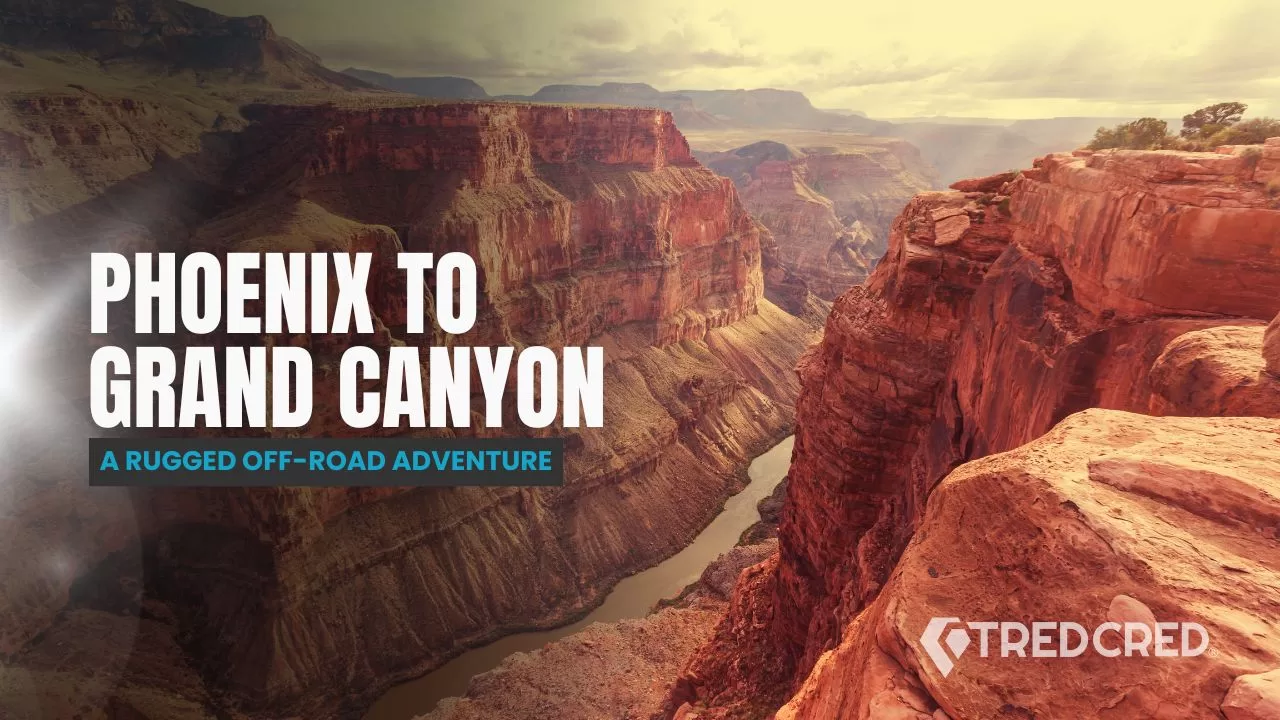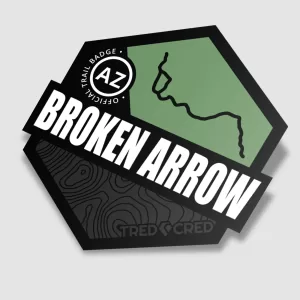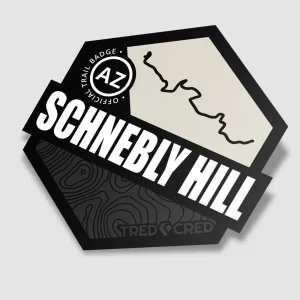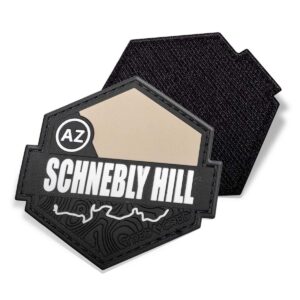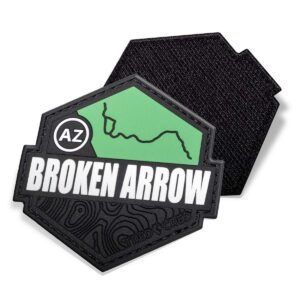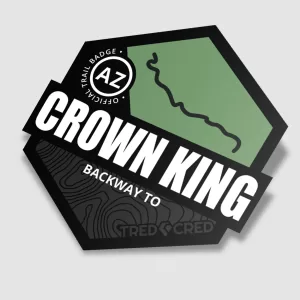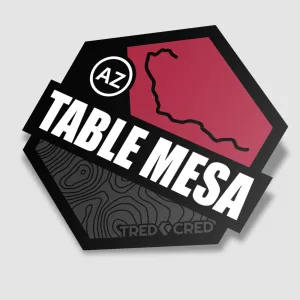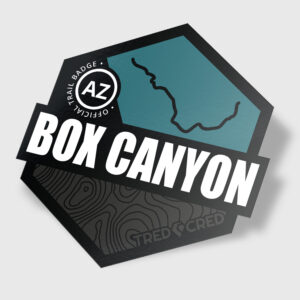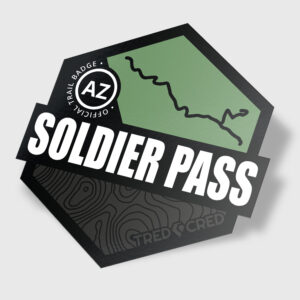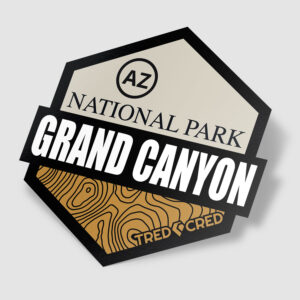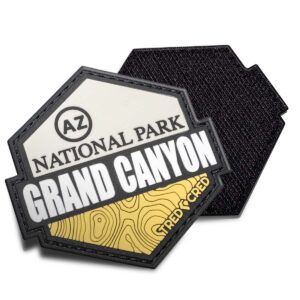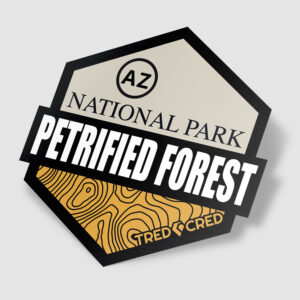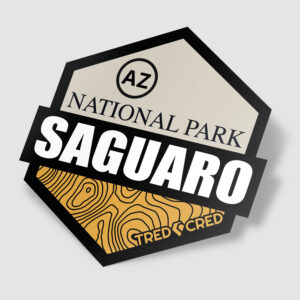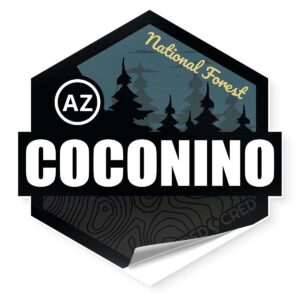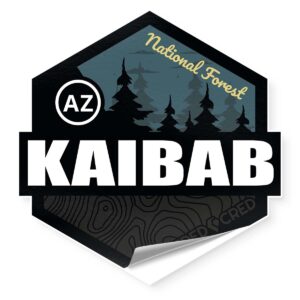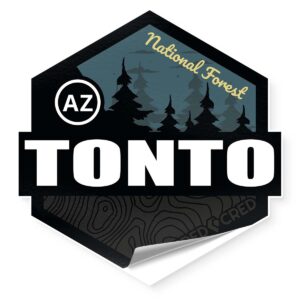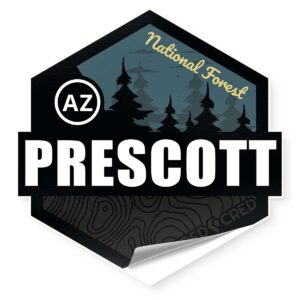Embarking on the Ultimate Phoenix to Grand Canyon Overlanding Adventure
The open road calls to all adventurers, but for those of us who prefer the path less traveled—where the dust clings to our rigs and the sound of tires crunching on gravel is our music—overlanding is the only way to go. The route from Phoenix to the Grand Canyon isn’t just a drive; it’s a rite of passage. A journey marked by breathtaking landscapes, technical challenges, and the reward of venturing beyond where the pavement ends. And what better way to commemorate such an expedition than with custom souvenir stickers and patches? After all, every trail conquered deserves a mark of honor.
Why Overlanding from Phoenix to the Grand Canyon?
Phoenix sits in the heart of the Sonoran Desert, a metropolis bordered by mountain ranges and rugged terrain. The Grand Canyon, one of the world’s greatest natural wonders, rests to the north like a crown jewel waiting to be reached. But instead of taking the predictable highways, we embrace a more fulfilling journey—one that winds through forests, across desert landscapes, and over remote mountain passes.
Overlanding isn’t about getting from Point A to Point B in the fastest way possible. It’s about the experiences along the way—the mishaps, the victories, and the stories you bring back. Like a well-loved patch stitched onto a seasoned explorer’s jacket, every trail tells a tale.
Choosing the Right Route
There are several ways to make the journey from Phoenix to the Grand Canyon, but for overlanders looking for a mix of challenge and reward, these three primary routes offer unique experiences:
The Backway Through Crown King and Prescott National Forest
If you’re looking for a rugged drive that tests both your vehicle and your mettle, the Crown King Backway is a legendary start. Beginning just north of Phoenix, this trail climbs steep grades, traverses rocky terrain, and winds through old mining towns. It’s like stepping into a time machine, where each ghost town tells the story of Arizona’s Wild West past.
One particularly challenging section, known as “The Ledge,” has been known to turn back the unprepared. I once met a solo overlander here who had miscalculated their clearance—resulting in a precarious, hours-long recovery effort. The lesson? Always scout questionable paths before committing.
The Mogollon Rim Scenic Adventure
For those who prefer a mix of challenging trails and breathtaking lookouts, heading north through Payson and along the Mogollon Rim offers some of Arizona’s most scenic terrain. Towering cliffs, thick pine forests, and remnants of ancient lava flows make this trip feel like a journey through time.
Rim Road (Forest Road 300) is a well-known route, offering panoramic views that stay with you forever. Make sure you stop at one of the overlooks, because these are the moments worth capturing—not just with your camera, but with a sticker or patch that will remind you of the grandeur.
The Historic Route Through Sedona and Kaibab National Forest
If red rock country is calling your name, the Sedona route promises jaw-dropping beauty with a technical twist. Schnebly Hill Road is a rough introduction to this route, but it’s nothing short of iconic. Once you’ve navigated past Sedona, the journey continues through the towering pines of the Kaibab National Forest before revealing the final destination—the awe-inspiring Grand Canyon.
On my first trip through this route, I learned a crucial lesson about preparation. A sudden monsoon transformed an easy trail into mud-filled trenches. My recovery boards and winch saved the day, but that experience reinforced why a well-stocked rig is non-negotiable on adventures like this.
Essential Gear for the Journey
Overlanding requires self-reliance, and the right gear can be the difference between a smooth adventure and a survival scenario. Here’s what you should never leave home without:
- Recovery Gear: Traction boards, a quality recovery strap, and a winch can get you out of trouble.
- Navigation Tools: GPS apps like Gaia or OnX Offroad are crucial, but always carry paper maps as a backup.
- Camping Equipment: A reliable tent or rooftop setup ensures you’re prepared for overnights in the backcountry.
- Supplies: Extra water, food, and fuel should always be part of your plan. Remember, overlanding often means hours without services.
Each piece of gear plays a role in your story. Like a sticker plastered onto the side of a rig, it represents an experience, a moment when it saved the day, or a lesson hard-learned.
Memorializing the Journey with Stickers and Patches
At the end of an epic trip, memories live on through the stories we tell, the photos we take, and the souvenirs we collect. That’s why custom souvenir stickers and patches have become an essential part of overlanding culture. They serve as badges of honor—a visual resume of the roads we’ve conquered.
Imagine peeling off your latest sticker and placing it on your gear case, your vehicle, or your fridge at home. It’s a reminder that you’ve conquered the backroads of Arizona, made it through tough terrain, and stood on the edge of the Grand Canyon knowing you’ve earned every inch of the journey.
Some popular stickers and patches you might want to add to your collection from this trip:
- A “Crown King Backway Survivor” patch for those who endured the grueling rocky ascent.
- A Mogollon Rim sticker featuring the iconic cliffs and towering ponderosa pines.
- A Grand Canyon sunset patch that captures the beauty of your final destination.
Final Thoughts: A Journey Worth Every Bump
Overlanding from Phoenix to the Grand Canyon isn’t just about reaching the end; it’s about the adventure that unfolds with each mile. It’s about the dust-covered rigs, the unexpected challenges, and the quiet nights under vast desert skies. And when the journey is over, your stickers and patches become more than just mementos—they are evidence of a road well-traveled.
So, where will your next overlanding adventure take you? And more importantly, what stories will your next patch tell?

